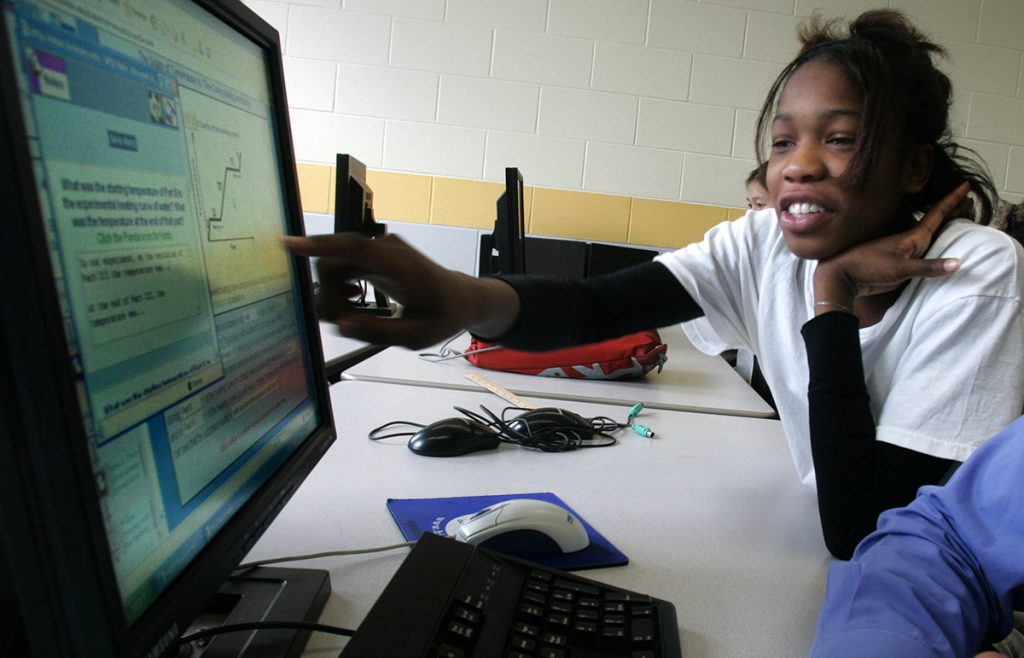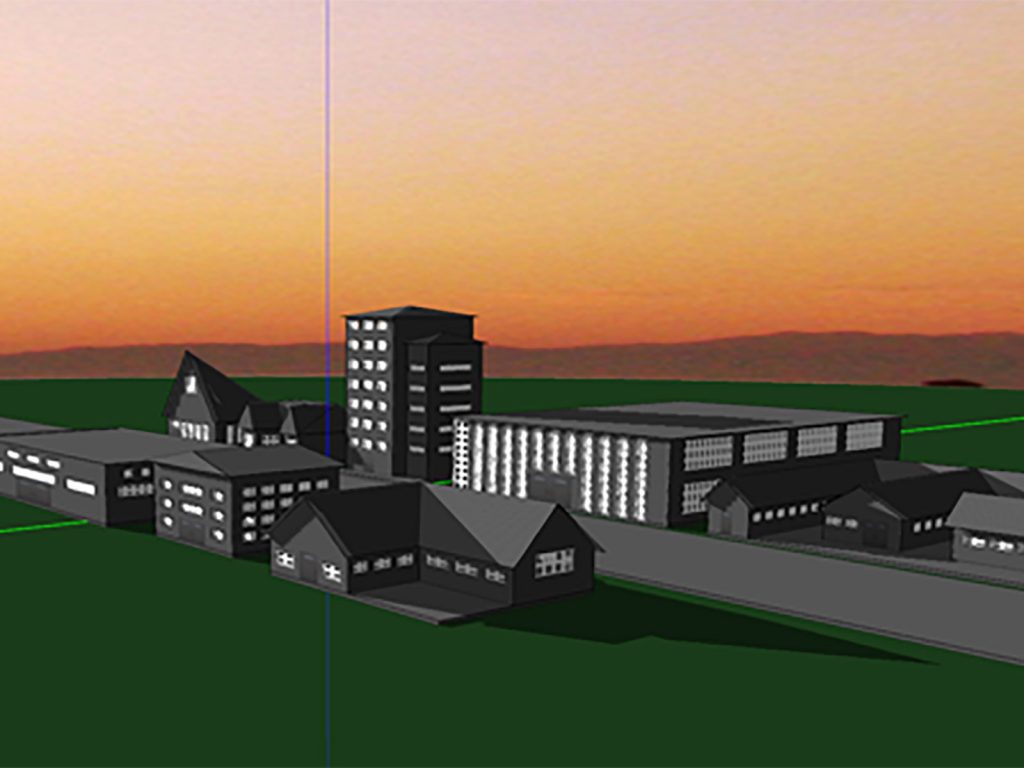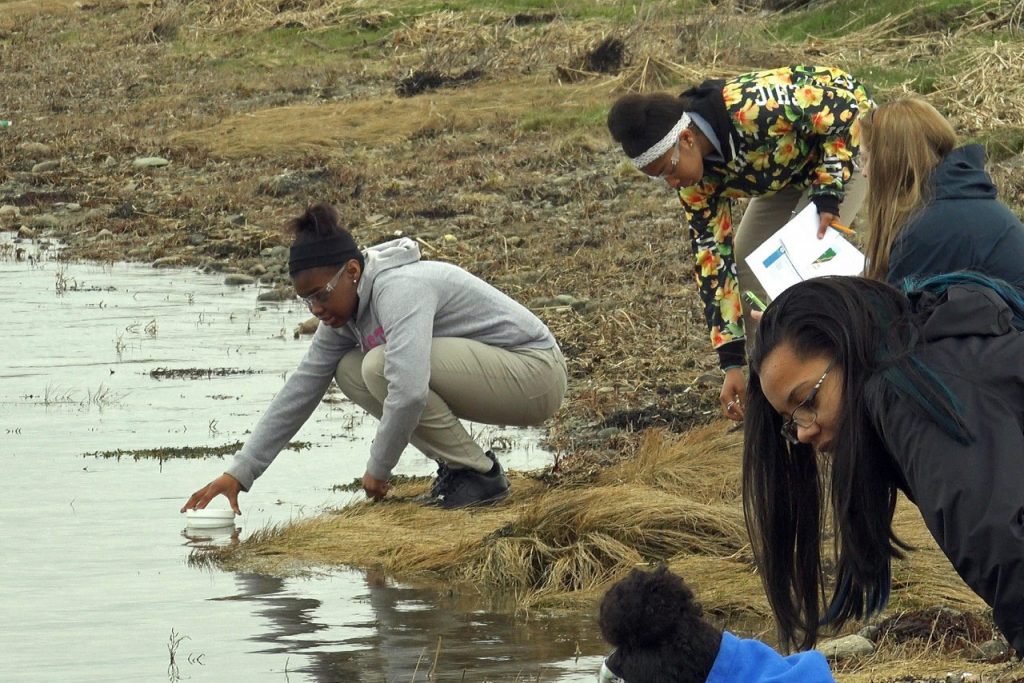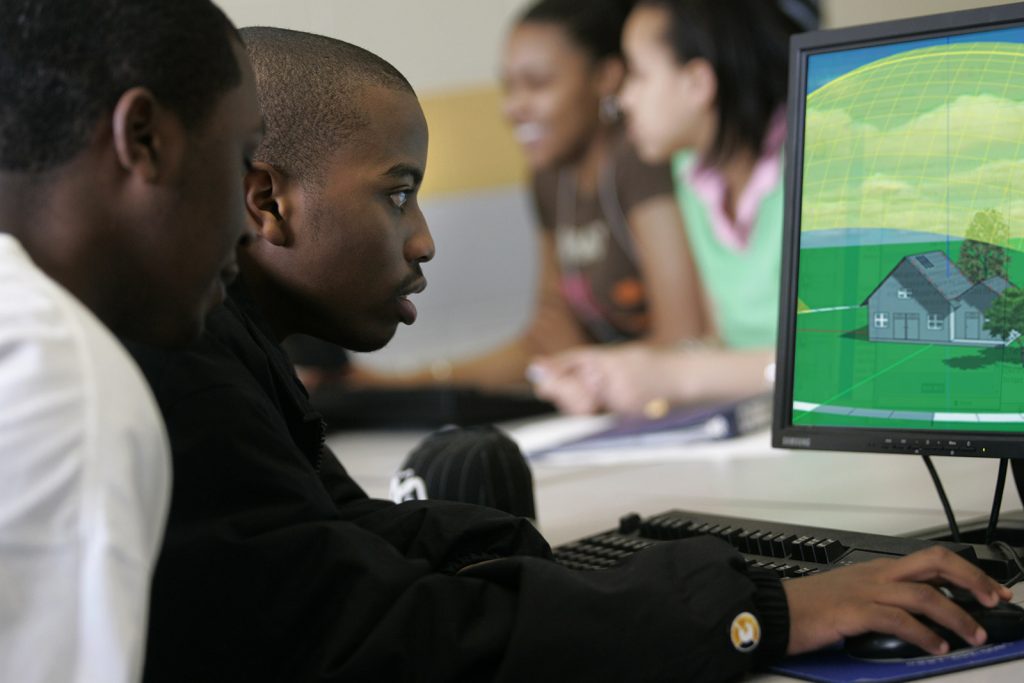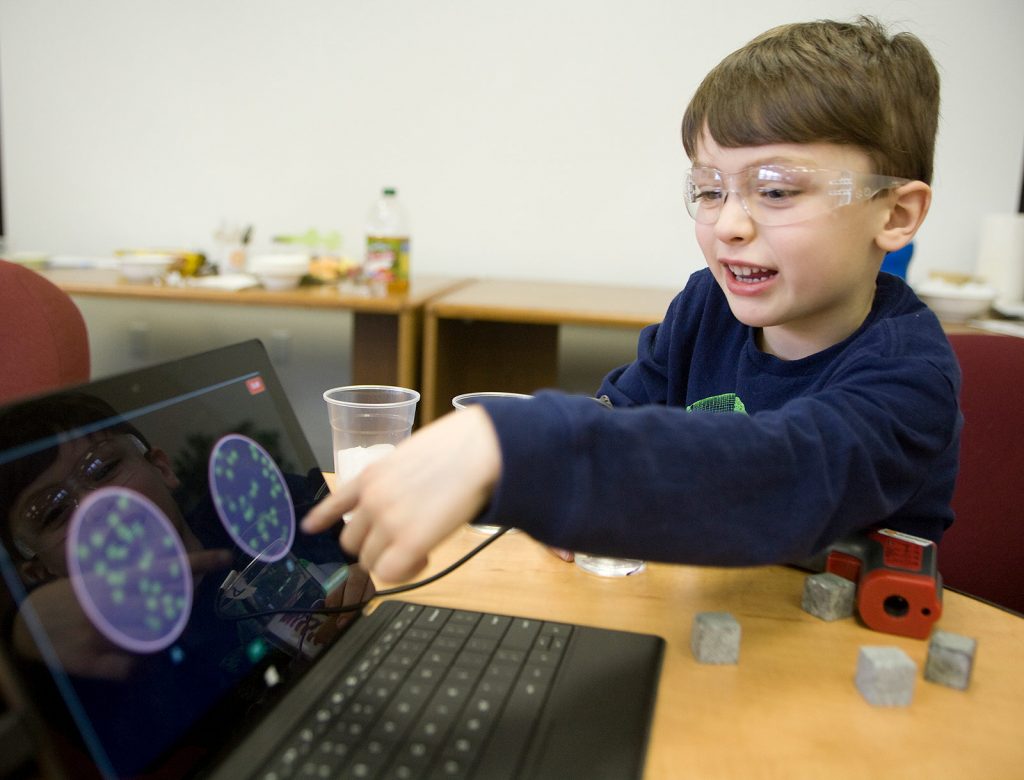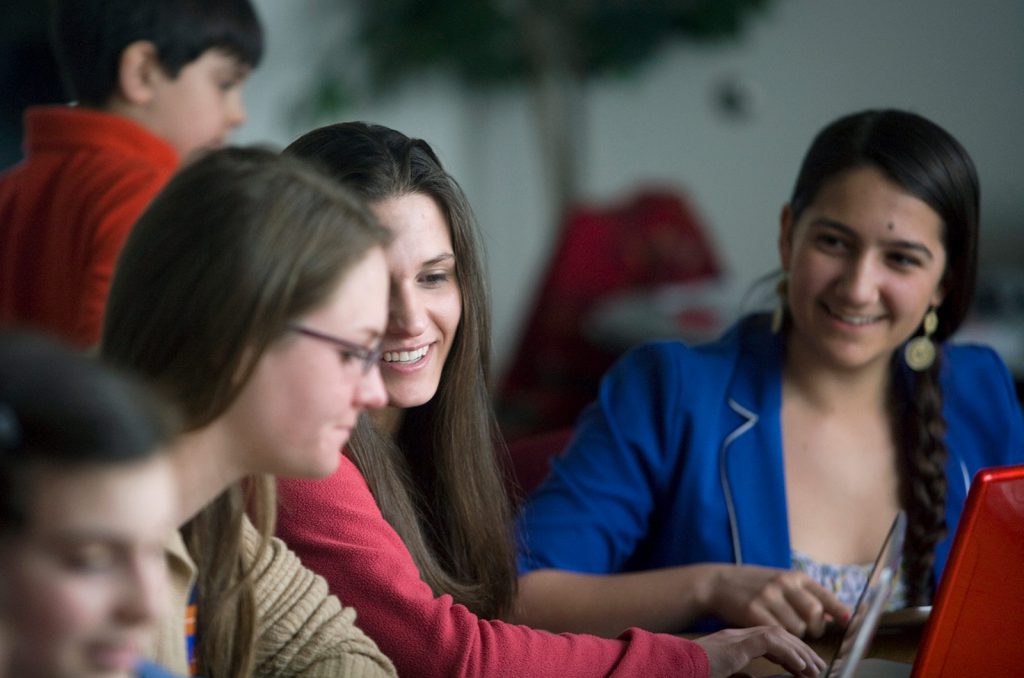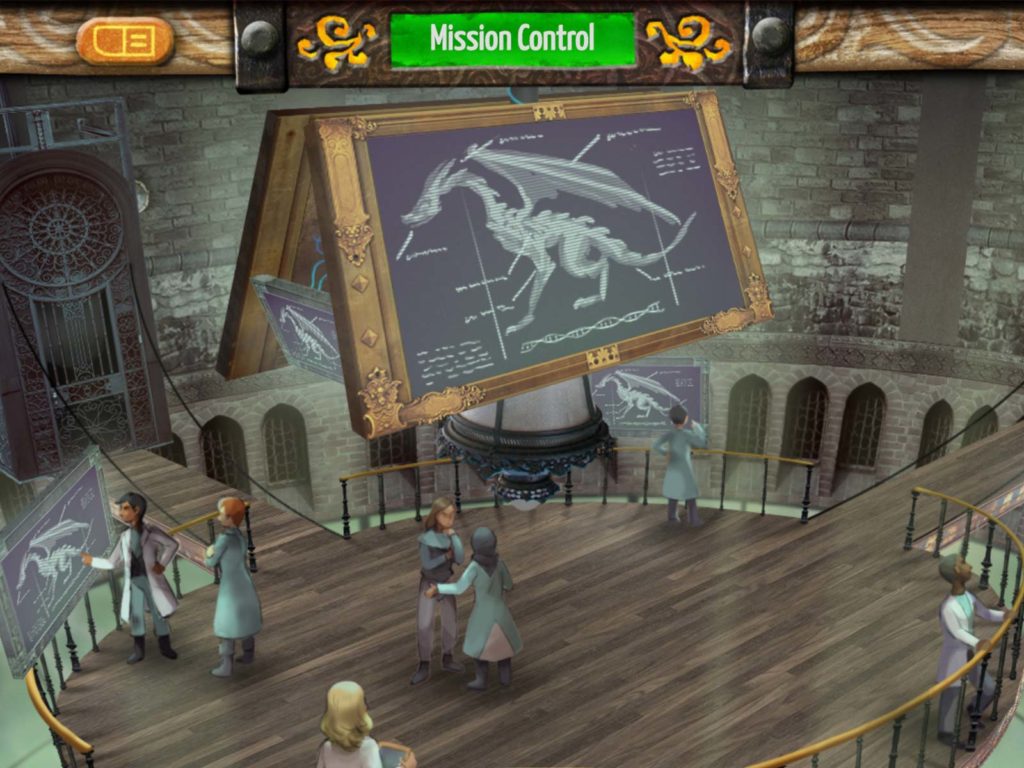Category: Focus Area: STEM Models & Simulations
Creating and disseminating “SmartGraphs,” digital objects that “know” about themselves and that provide scaffolding to students to help them learn about graphs and the concepts graphs convey, in mathematics, science, and other subjects.
Students should engage in practices that are essential for learning STEM through both inquiry and design. This comprehensive project assists teachers in preparing diverse students for careers in STEM by engaging them in exciting, inquiry-based science activities.
Assessments for several NGSS Performance Expectations in middle school physical and life sciences, featuring videos and simulations, authentic and engaging scenarios, interactive tools for modeling, and scaffolds and supports.
SimBuilding is an interactive, intelligent environment in which learners are immersed in scenarios that mimic situations they would encounter in real workplaces. Personalized tutoring is provided based on analyzing learner behavior.
Middle school students complete hands-on science and engineering activities and learn about careers in environmental conservation and engineering while investigating their community’s local water resources.
SmartCAD, a computer-aided design system with embedded computational engines, analyzes student design artifacts on a scientific basis and provides automatic formative feedback in numbers, graphs, and visualizations to guide student design processes on an ongoing basis.
Developing and researching a curriculum involving the use of dynamic technology-based visualizations and model-based inquiry to support early science learning of concepts involving matter and its changes.
Preparing students with the essential science knowledge and engineering skills that empower them to solve energy problems in their own homes with cutting-edge technologies such as infrared imaging and computer simulations.
Providing students and teachers with access to scientifically valid and easy-to-use watershed tools to accurately examine their own neighborhoods, to define local environmental problems or challenges, and to develop solutions to improve their environment.
Embedded in our Geniverse genetics software, GUIDE’s hybrid system partners an intelligent tutoring system with the pedagogical expertise of the classroom teacher and existing classroom networks of peer support.
